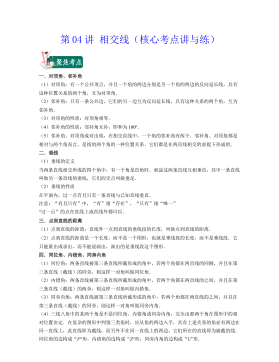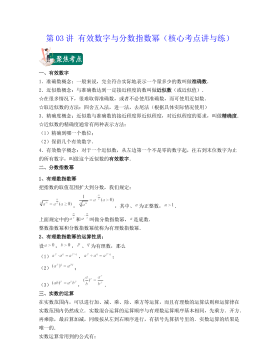我国公共卫生财政支出区域均等化研究
浙江财经学院硕士学位论文VII摘要良好的健康状况不仅为社会提供了优质的人力资本,而且促进了社会的进步与经济的发展。但是以经济效率优先的发展方针在带动中国经济迅猛增长的同时却也造成了经济社会发展的严重不均衡,公共卫生的公益性遭受到极大的挑战,我国医疗卫生问题形势严峻。公平是医疗卫生领域的主要政策目标,医疗卫生体制的改革与发展都要考虑到卫生服务公平性。尤其是在当前建设和谐社会的背景下,如何满足每一个社会成员的基本医疗卫生需求,如何通过对社会卫生资源的合理配置从而提高卫生资源的利用效率,促进公共卫生的平衡发展是亟待解决的现实问题。在这样的背景下,本文主要从我国公共卫生投入利益归宿分析角度出发,探讨了...
相关推荐
-
10KV电网D-SCADA 系统信息采集与故障诊断研究与设计VIP免费

 2024-10-14 20
2024-10-14 20 -
方形吸顶散流器平送风等温射流特性研究VIP免费

 2025-01-09 6
2025-01-09 6 -
关于充液声导波传感器中频散兰姆波的研究VIP免费

 2025-01-09 6
2025-01-09 6 -
结合梁斜拉桥施工过程中考虑剪力滞影响的分析方法VIP免费

 2025-01-09 6
2025-01-09 6 -
空调房间热舒适性的数值模拟与实验研究VIP免费

 2025-01-09 7
2025-01-09 7 -
汽车前轮线控转向系统研究VIP免费

 2025-01-09 8
2025-01-09 8 -
输入分配型混合动力车辆动力系统控制策略研究VIP免费

 2025-01-09 7
2025-01-09 7 -
双馈风力发电系统的柔性并网控制研VIP免费

 2025-01-09 8
2025-01-09 8 -
污水处理厂污泥好氧堆肥发酵技术的试验研究VIP免费

 2025-01-09 7
2025-01-09 7 -
应用风室试验装置的风机性能VIP免费

 2025-01-09 8
2025-01-09 8
作者详情
相关内容
-

汽车前轮线控转向系统研究
分类:高等教育资料
时间:2025-01-09
标签:无
格式:PDF
价格:15 积分
-

输入分配型混合动力车辆动力系统控制策略研究
分类:高等教育资料
时间:2025-01-09
标签:无
格式:PDF
价格:15 积分
-

双馈风力发电系统的柔性并网控制研
分类:高等教育资料
时间:2025-01-09
标签:无
格式:PDF
价格:15 积分
-

污水处理厂污泥好氧堆肥发酵技术的试验研究
分类:高等教育资料
时间:2025-01-09
标签:无
格式:PDF
价格:15 积分
-

应用风室试验装置的风机性能
分类:高等教育资料
时间:2025-01-09
标签:无
格式:PDF
价格:15 积分






